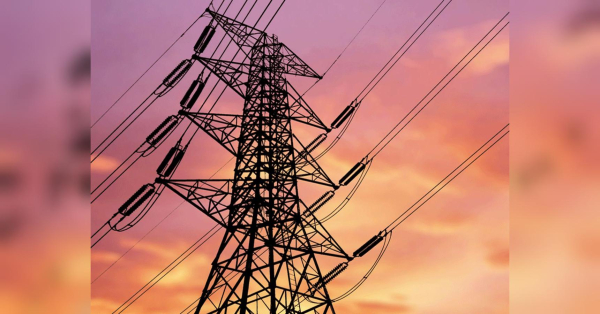
Diogo Jota's widow has paid tribute to the late Liverpool forward a month after their wedding and three weeks after his tragic death in a car crash in Spain.
The father-of-three, who tied the knot with long-term partner Ruta Cardoso just 11 days before the tragedy, died along with his brother Andre Silva when the Lamborghini they were in caught fire after a suspected tyre blowout in Zamora in the early hours of July 3.
On Tuesday, Hota's wife posted three photos from their wedding and wrote: “A month of our lives 'til death do us part.' Forever your white girl.”
A spokesman for Zamora's Civil Guard told the PA news agency earlier this month that checks by its traffic department had shown that Jota was driving the car at the time of the crash.
The spokesman added that the vehicle appeared to be travelling above the speed limit, which local media reported was 120 km/h.
Photos of the crash's aftermath show debris strewn along the side of the road, including what appears to be charred parts of the car.
Footballers, relatives and fans gathered for the brothers' funeral, which took place in their native Portugal on July 5.
Sourse: breakingnews.ie






